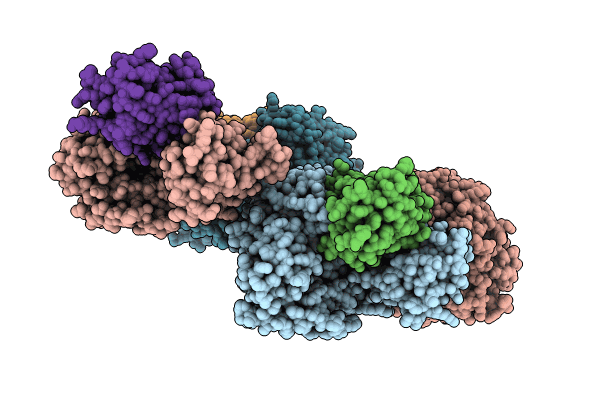
Deposition Date
2023-11-23
Release Date
2024-05-29
Last Version Date
2025-09-17
Entry Detail
Biological Source:
Source Organism:
Homo sapiens (Taxon ID: 9606)
Enterovirus A71 (Taxon ID: 39054)
Enterovirus A71 (Taxon ID: 39054)
Host Organism:
Method Details:
Experimental Method:
Resolution:
3.52 Å
R-Value Free:
0.29
R-Value Work:
0.27
R-Value Observed:
0.27
Space Group:
P 1 21 1


